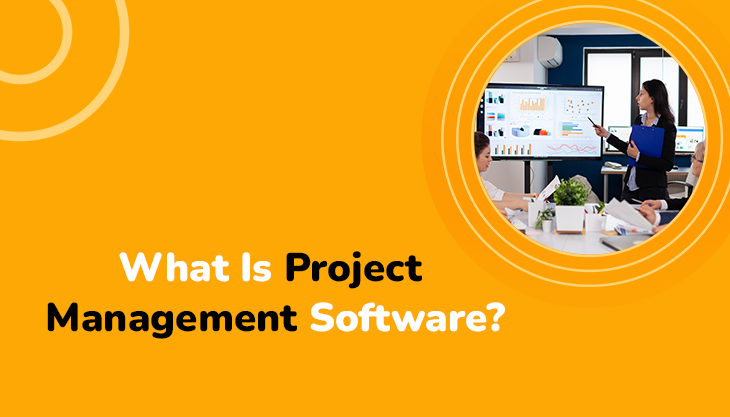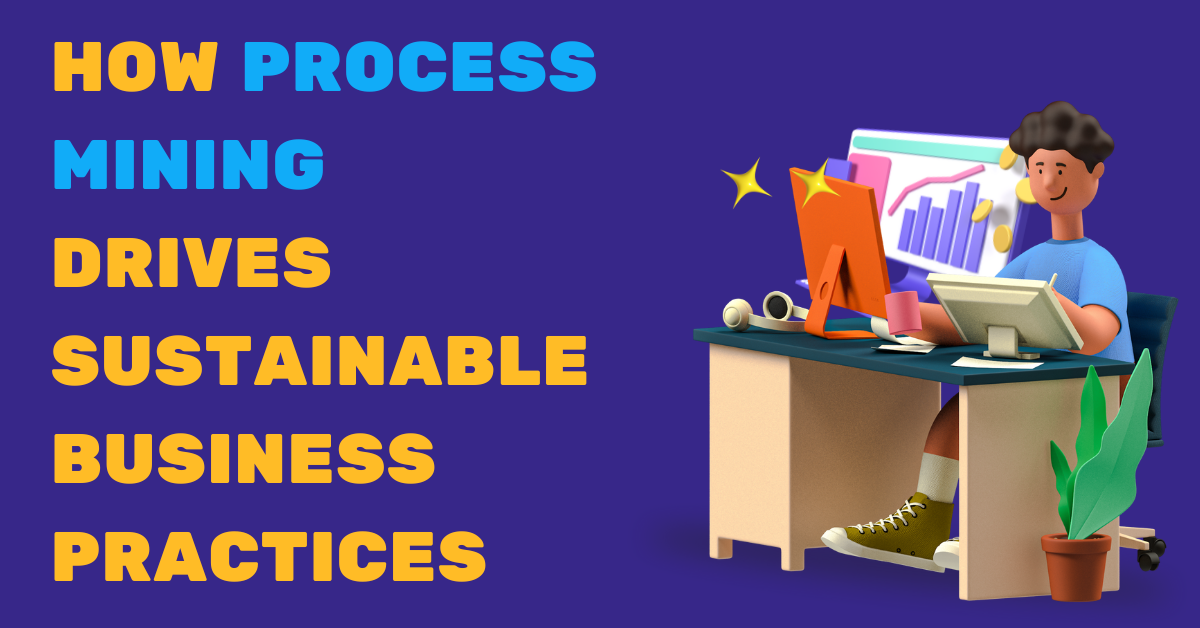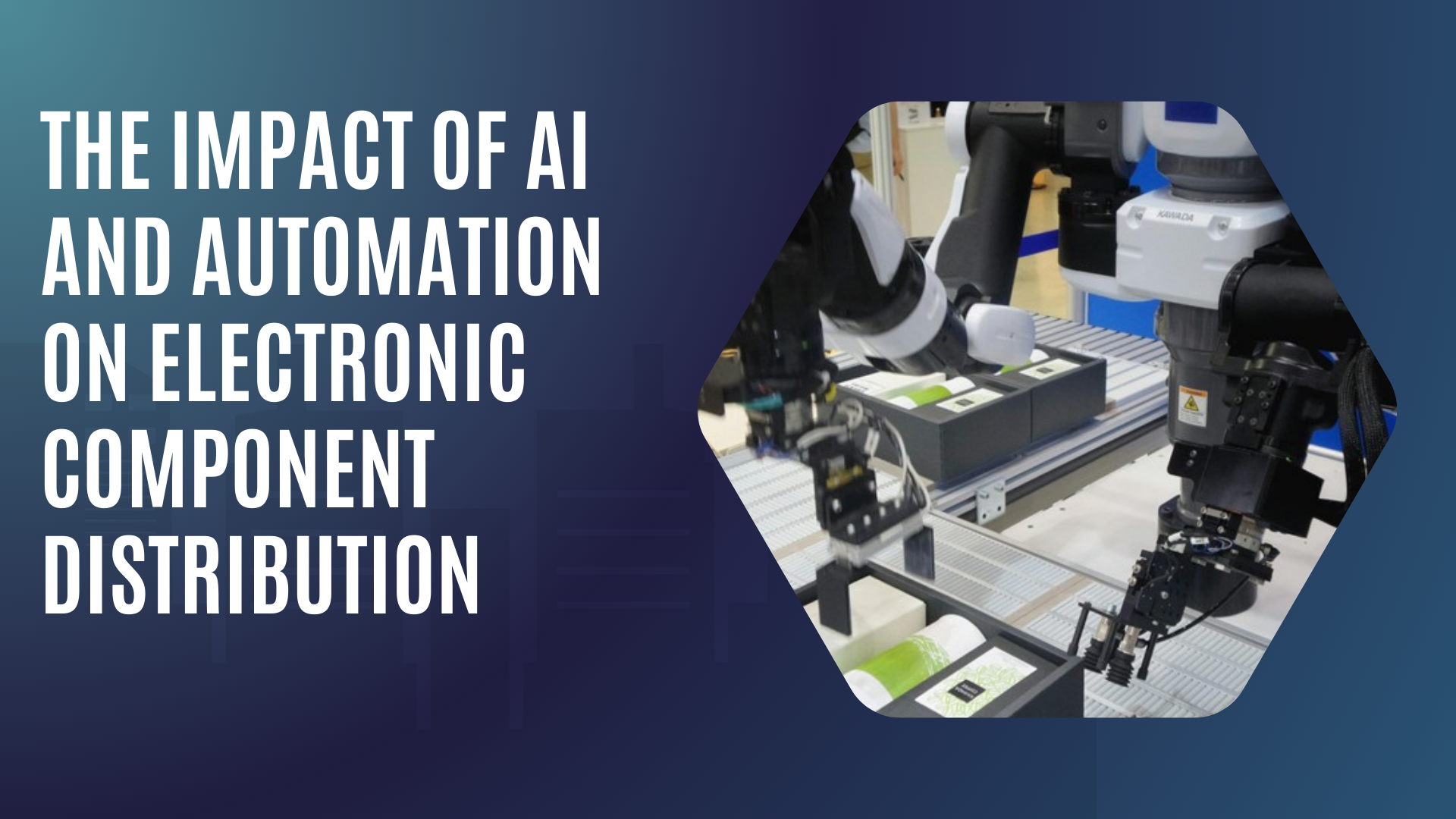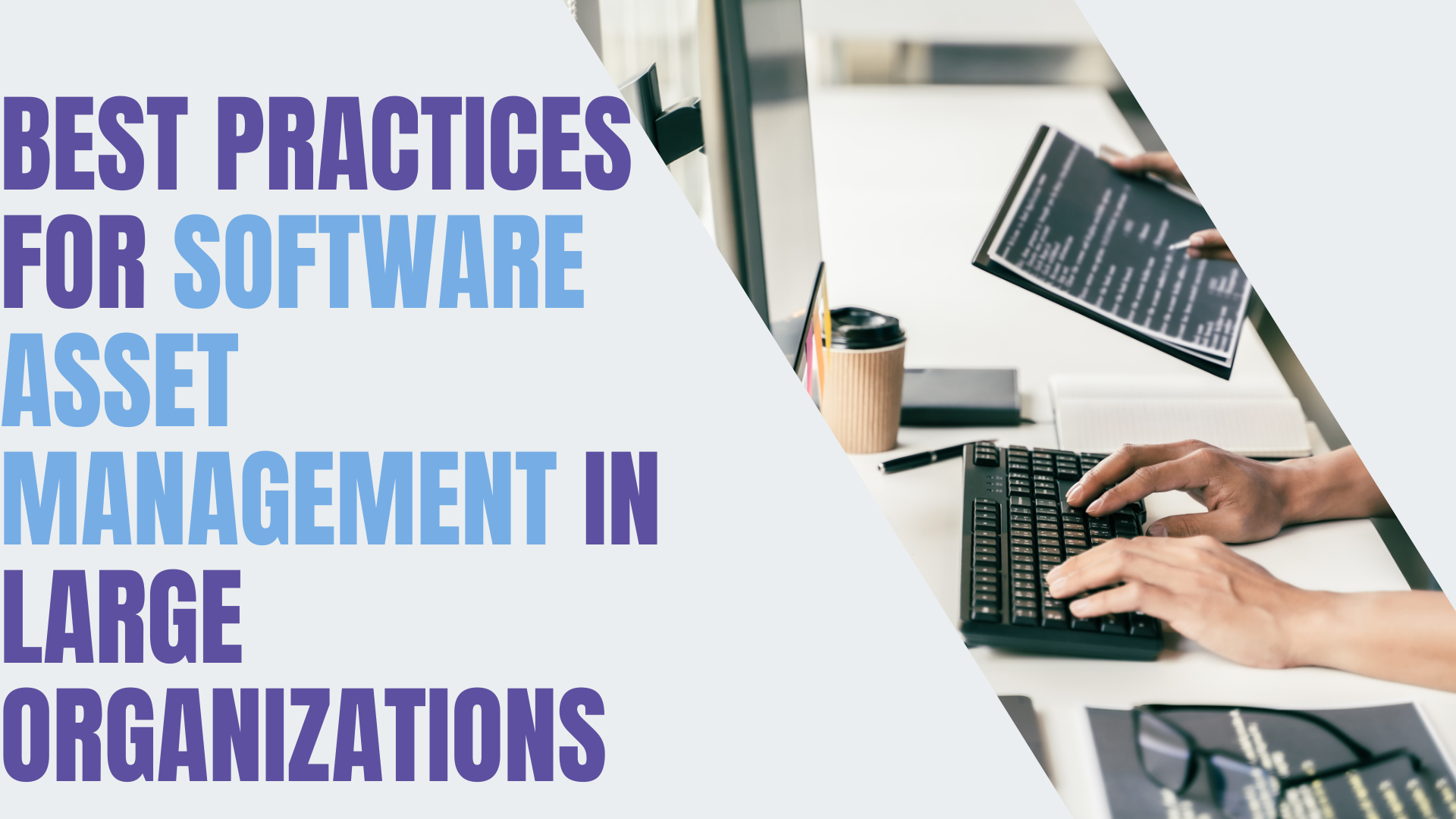What is project management software?
Software for project management is used to organize, plan, and allocate resources. It facilitates teamwork and allows for the tracking of project progress while specifying tasks and responsibilities. It enables seamless stakeholder cooperation and allows project managers to monitor costs and time.
Teams must maintain organisation in order to complete projects on time, especially when there are several projects in progress. Cloud project management software keeps everyone in the loop, helps prioritise activities, and gives a general picture of all the projects.
The definition of project management software is given first by the committee. Software with a specific focus on project management can be used to organise, plan, and manage different components of a project. Software for project management can:
* Aide in planning
* Help with planning
* Be utilised to allocate resources
* Used to control risk and other problems
* Aid in influencing change
* Serve as a tool for cooperation to facilitate and clarify communication among project team members and stakeholders
* Give a method for determining how the project's dependent events interact with one another.
* Speculate on what may occur if things change.
Why is project management software necessary?
Knowing what has to be done when, who on the team is working on what, and more is important for managers. Planning is essential to the success of your team's project. Doing it manually, with spreadsheets, and via email is undoubtedly inefficient and presents a number of difficulties.
All of your team members utilise their systems in a segregated system to keep track of the work that is
* Notepad,
* Adhesive notes,
* Spreadsheets.
As a result, the tasks and papers are dispersed across the house. They waste a lot of time hunting for solutions since they are unsure of what to work on first. Meetings and emails are required to discuss priorities and get everyone on the same page, which again significantly reduces your team's productivity.
Using project tracking software makes it simple to assign work and set priorities because all communication takes place in one single location. It becomes simple to monitor your team's progress and make sure that projects are going according to schedule.
What are the features of project management softwares?
Depending on what you need, project management solutions might range from Ultra-lite to Structured. When selecting software development company, there are a few fundamental elements you should consider.
1. Board for Kanban
A Kanban board is a simple tool for tracking progress and visualising your work. What has to be done and where tasks are stalled are both readily apparent.
2. Project management
Users can keep track of tasks and subtasks via task management. For instance, the task "create a blog" can be broken down into the subtasks of copywriting, editing, and SEO optimization. These smaller duties are all carried out by various team members. Task prioritisation, deadline setting, and improved teamwork are all possible.
3. Scheduling
Because projects are transient, scheduling is one of the most crucial software functions. To maintain strong collaboration over your projects, you must have the option to adjust deadlines, dependable tasks, buffers, and other factors.
4. Collaboration
A collaboration tool will assist you maintain information flow so that everyone is informed if you need to speak with your team frequently. Additionally, search for software that offers a chat platform, task management for the project team, and a mechanism to track version changes.
When a task is finished, a deadline is coming, or something demands your attention, you need to be informed right away. No matter where you are, you can stay connected thanks to smartphone alerts.
5. Integration
There are numerous moving pieces in projects. Every time something changes, you need to be aware of the effect of each variable on the others. In other words, search for features that aid in the analysis of resource allocation and trade-offs as they relate to the overall timeline of your project.
Your system ought to enable you to store all of your files in a single, central database for simple sharing and rapid access. It is extremely helpful when working in distributed teams or with clients who can provide immediate feedback.
6. Monitoring and Reporting
The easiest way to gain a strategic overview of the projects' status is through dashboards and reports. In particular, you must be aware of how things stand at the conclusion of each week or month.
You should search for a project management tool that organises all the data pertaining to budget, schedule, team performance, and resource usability into a structured document. You may get a high-level overview of the various projects using the graphs and visual metrics in the project overview.
You can quickly learn the status of each project, how many are finished, and how much time and money were spent on various initiatives. You can find out where your team struggles and where it might do better by creating reports.
You may also improve the allocation of resources and the computation of budgets and expenses by using data-driven judgments.
Selecting the ideal project management company
You can efficiently communicate and make sure that your projects are successful with the aid of good project management software. Why not chat with project management software development companies if you're seeking for an easy-to-use project management application. These businesses offer everything you'll need to complete projects successfully.

















Post Comments